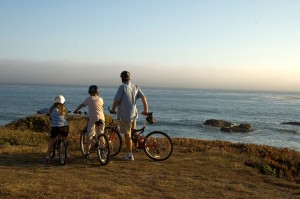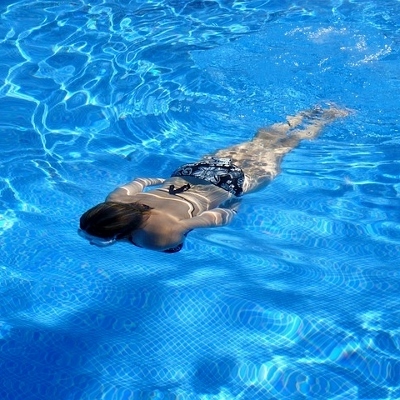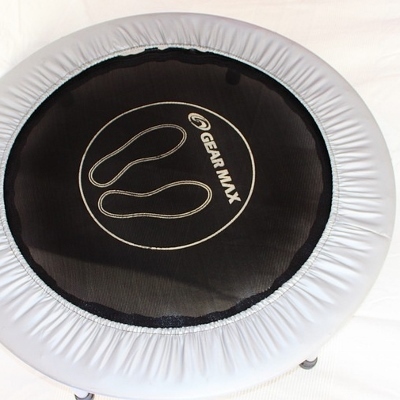 Getting the family involved in a collective fitness effort is one thing, but sustaining interest over an extended period requires determination. As with all new experiences, interest in exercising tends to be fervent initially, but this can fade in time if steps aren’t taken to circumvent boredom.
Getting the family involved in a collective fitness effort is one thing, but sustaining interest over an extended period requires determination. As with all new experiences, interest in exercising tends to be fervent initially, but this can fade in time if steps aren’t taken to circumvent boredom.
Always have a plan
Everyone knows the saying about failure to plan being planning to fail, and this is particularly applicable when you want the family to exercise together frequently. Setting goals and defining schedules allows family members to keep track of fitness efforts, gauge progress that has been made, and stay motivated.
Aside from serving as a daily reminder of why you’re exercising together, goal setting and daily/weekly/monthly schedules also help stave off complacency. They’re also a record of activities that are more or less suited for families.
Maintain a sustainable tempo
One common reason many people drop out of an exercise program is that they try to do too much, too soon, and too fast. The same can be applied to getting everyone in the family in shape. If there’s one thing people resent, it’s being told what to do, and when. That means that family members new to exercise won’t take kindly to daily 30-minute runs in all weather conditions at X pace, even if you think nothing of it. Keep in mind that while slothful attitudes can be changed, it won’t happen overnight.
To ensure a successful family fitness effort, you must keep it enjoyable. Making people do something they don’t enjoy is more difficult to maintain than herding cats, as they say. In addition, exercising at a comfortable pace also minimizes the chance of overwork injuries from occurring.
Make it fun
If you have kids, you’ll know what it’s like to herd cats. The key to getting younger children involved in fitness is to show them that exercising isn’t a chore; it can be a synonym for “fun.” An example would be this conversation with my nephew:
Me: James, let’s go for a walk.
James: No, I wanna watch Thomas (the Tank Engine).
Me: James, wanna go to the playground?
James can’t put his shoes on fast enough when he hears that. We go to the playground, climb the monkey-bars, play hopscotch, tag, and/or hide and seek. All of these activities develop strength, endurance, balance, and flexibility. It sounds dry when you interpret it as such, so I try not to, and concentrate on having fun instead!





